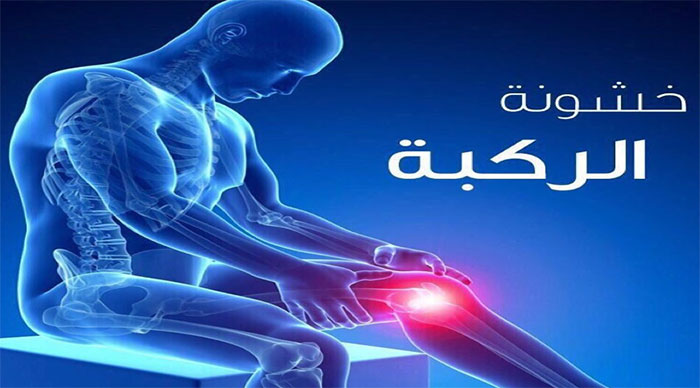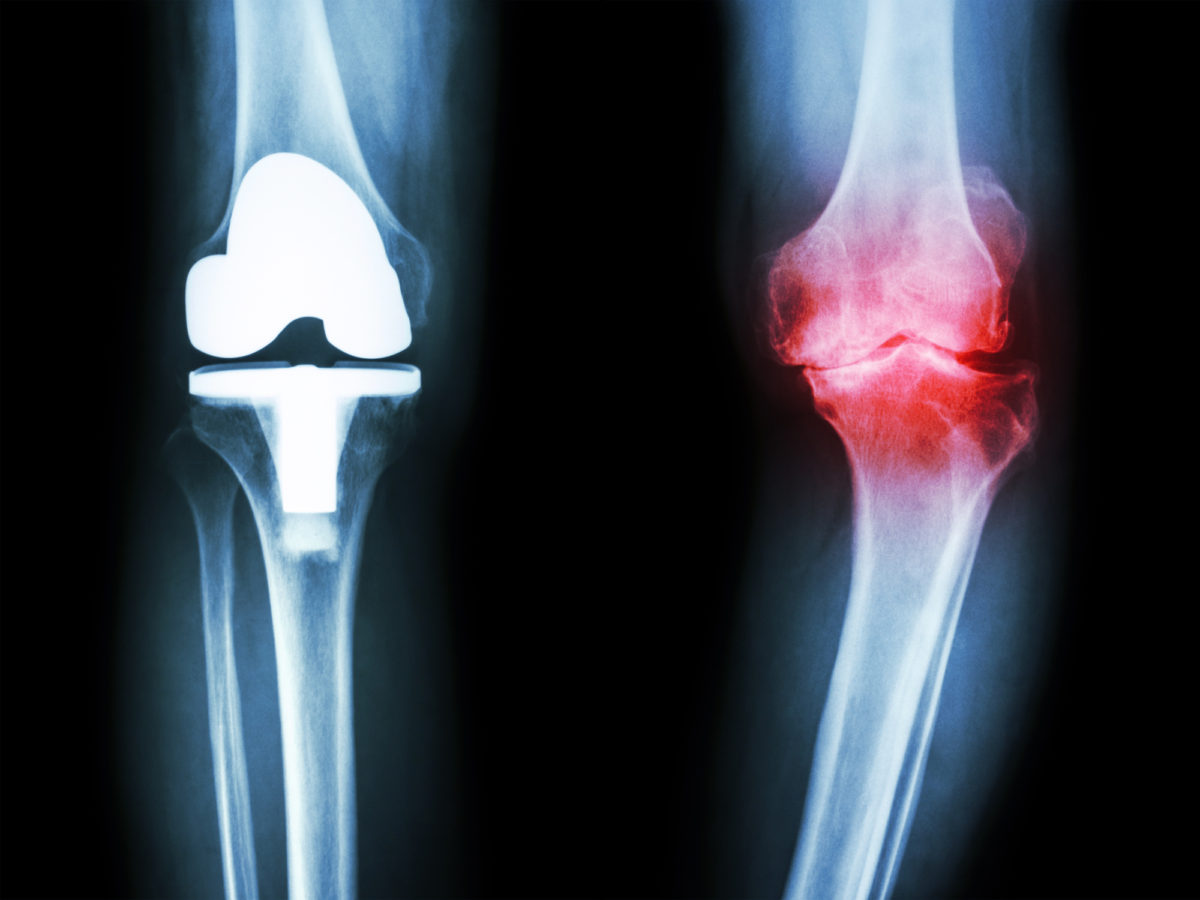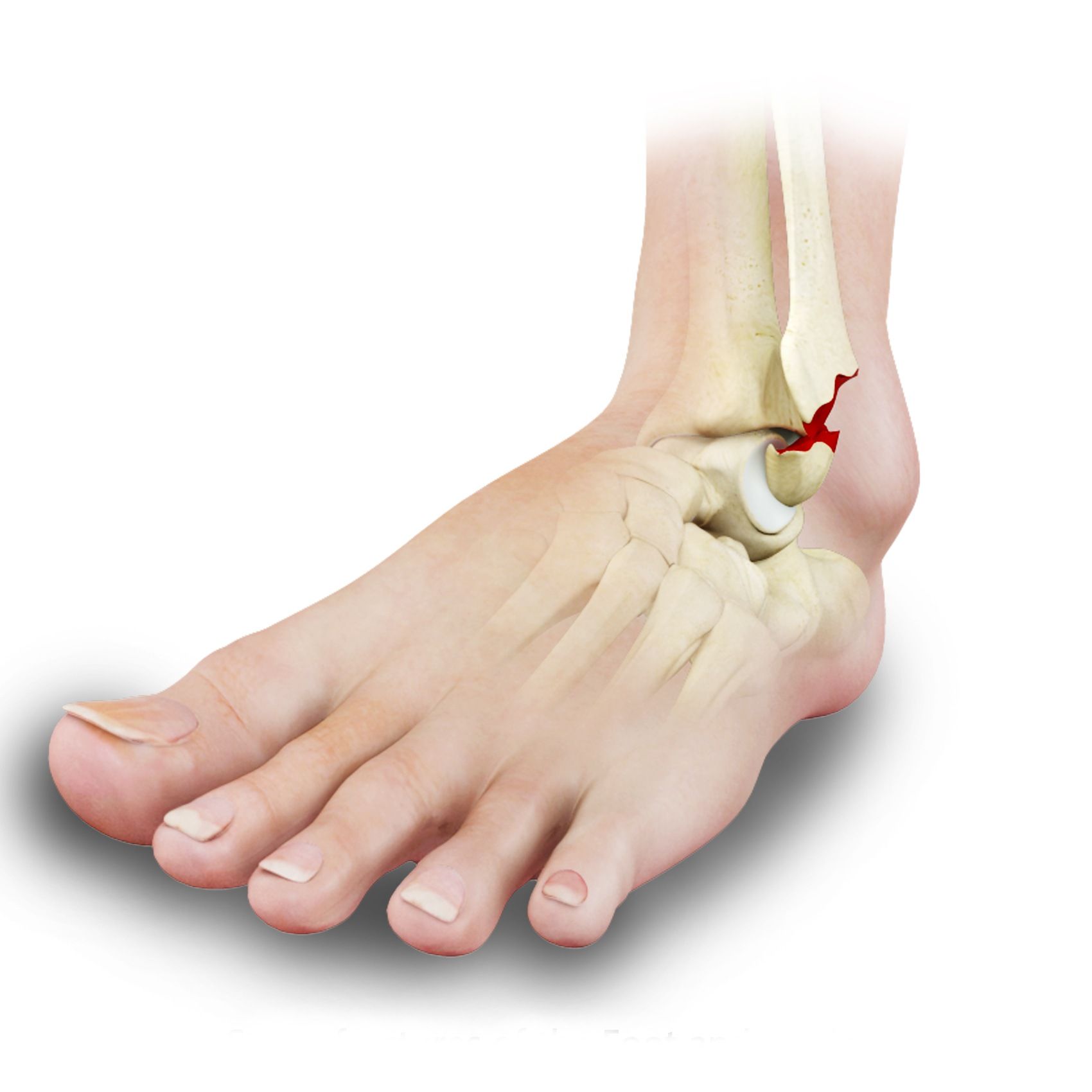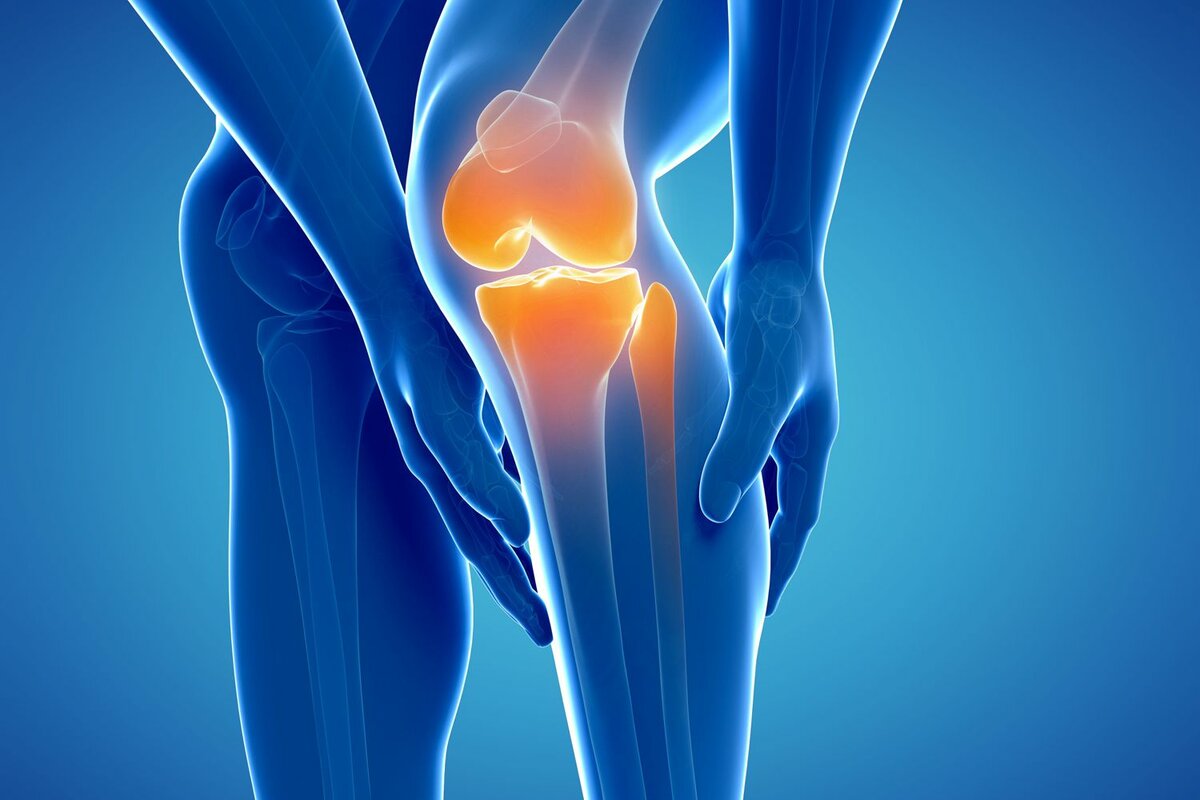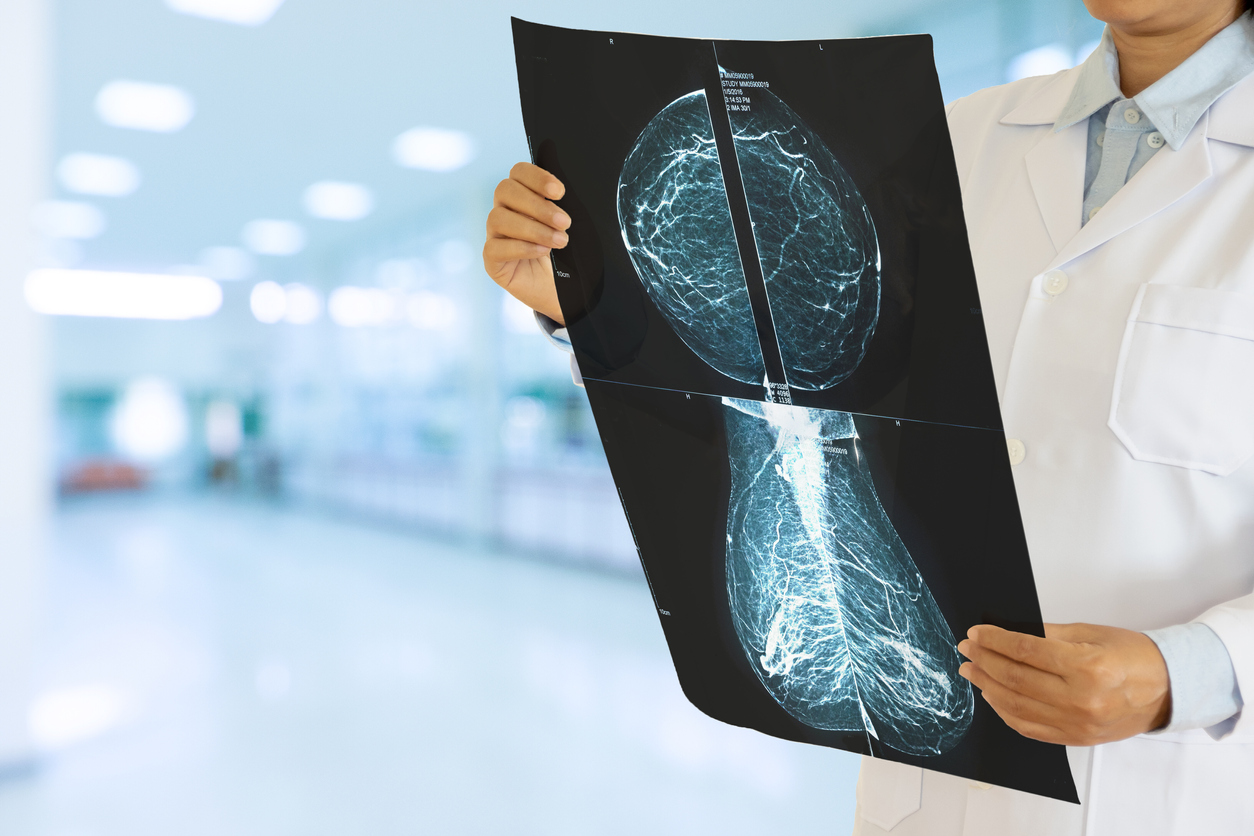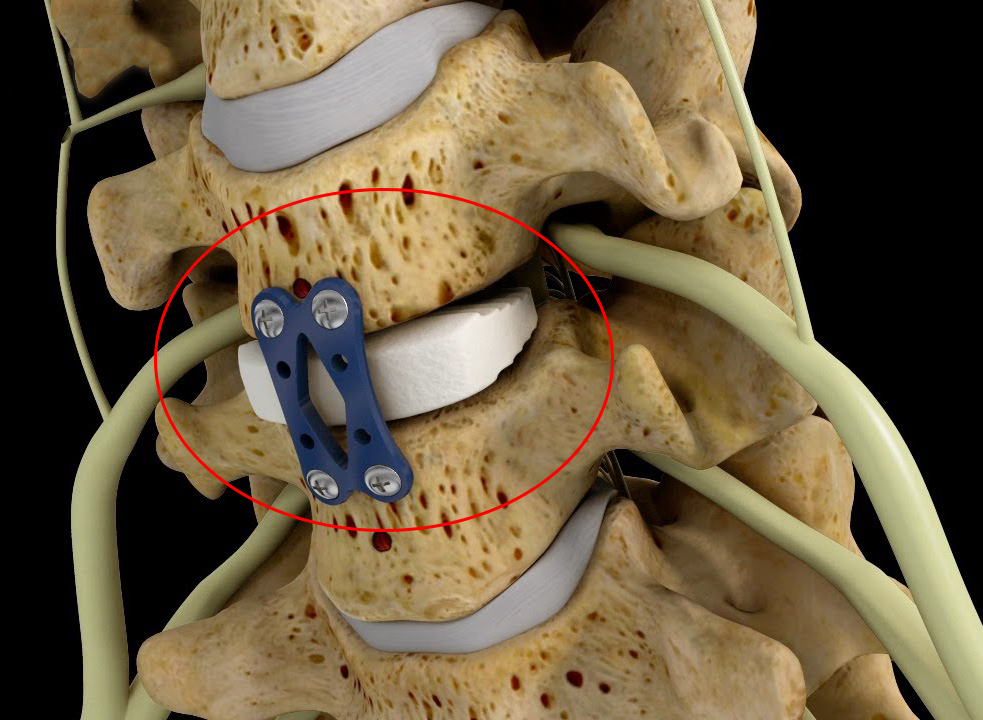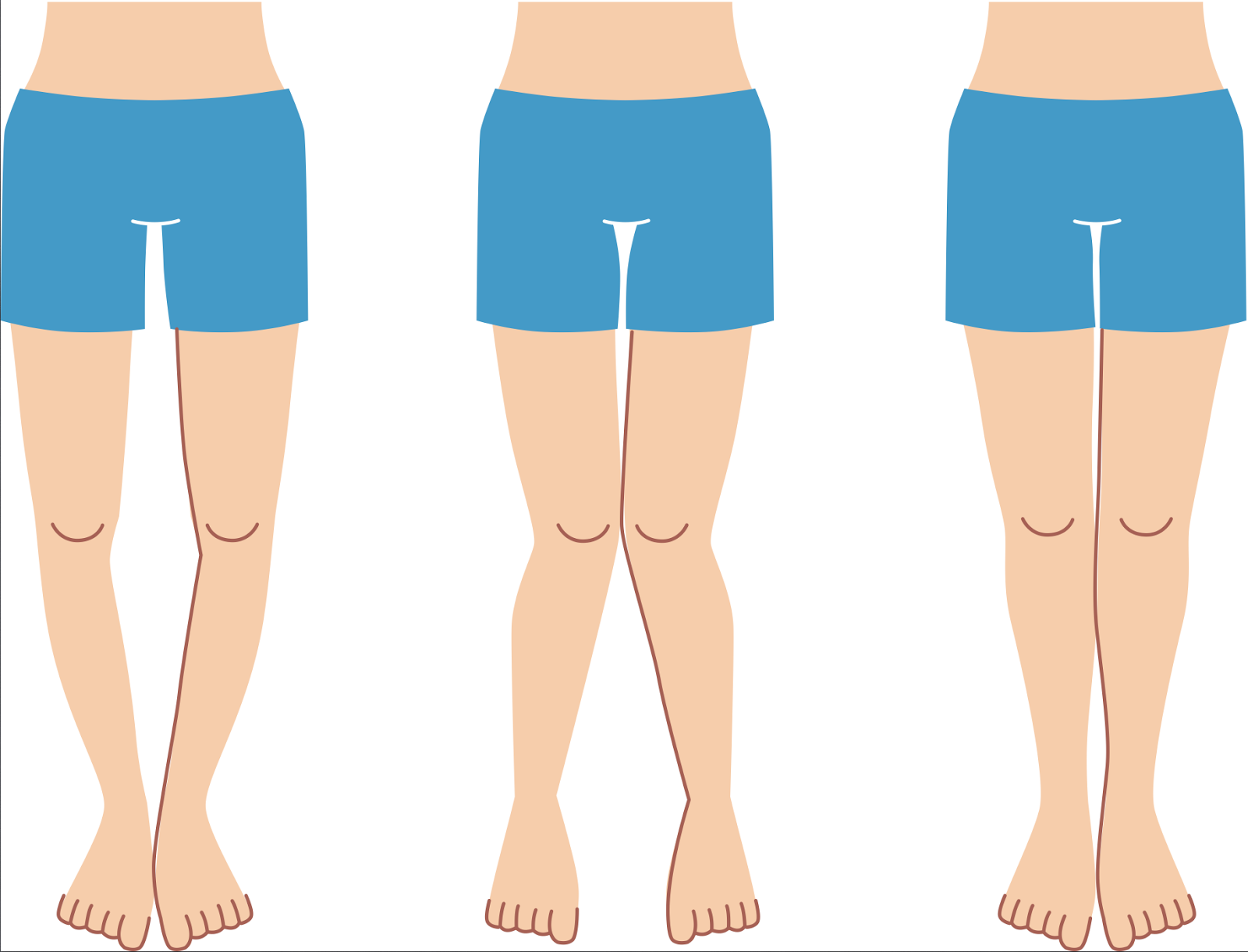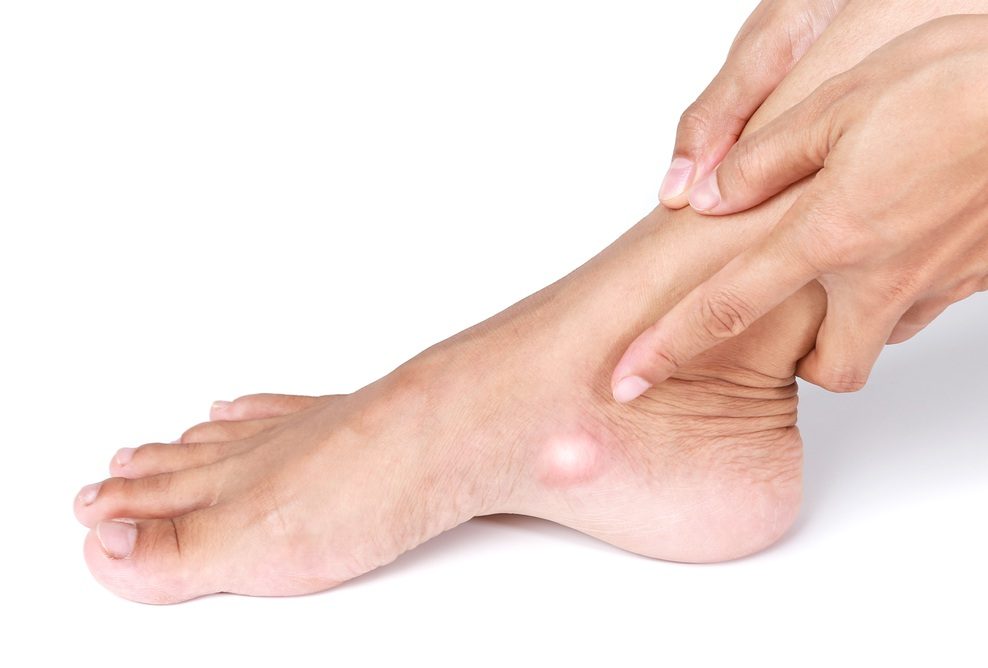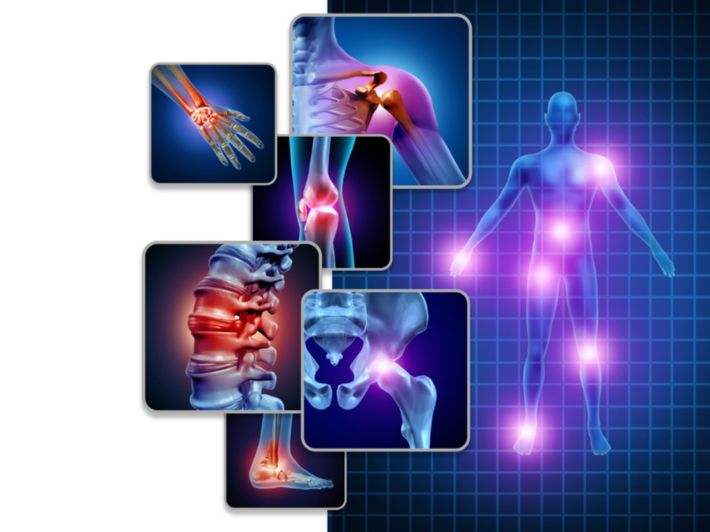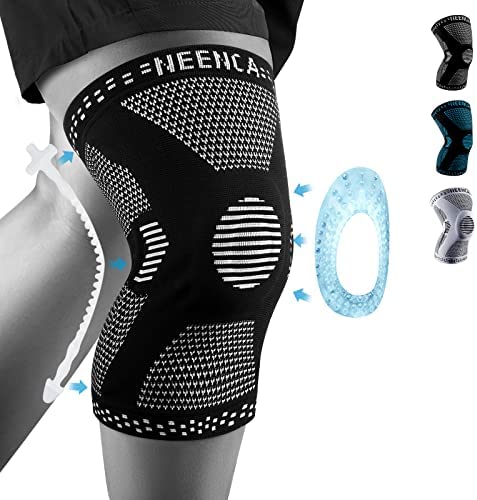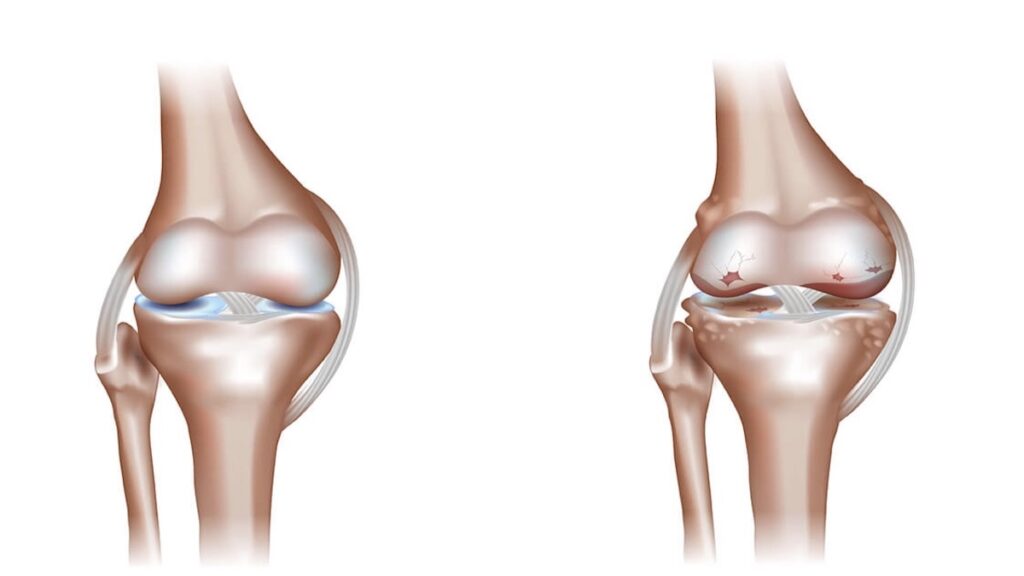Sciatica Surgery and What is Pseudo-Sciatica? Sciatica Surgery
Sciatica Surgery
- What is Sciatica Surgery?
Sciatica surgery, also known as sciatic neuritis, is a condition in which the sciatic nerve that extends from the back to the leg and foot becomes inflamed. This condition results in sharp and severe pain in the hip, leg, and foot, escalating in a way that impairs the person’s ability to move and carry out their daily activities normally.
- What Causes Sciatica?
There are several causes that can lead to sciatica, including:
- Compression of the sciatic nerve due to a herniated disc in the spine.
- Inflammations or injuries in the muscles or tissues surrounding the sciatic nerve.
- Joint inflammations such as hip joint arthritis.
- Effects of various chronic muscular and neurological diseases like diabetic neuropathy.
- What are the Symptoms of Sciatica?
Sciatica symptoms pose a significant hindrance in the patient’s life, including:
- Sharp pain in the hip, leg, and foot.
- Numbness or tingling in the leg or foot.
- Muscle weakness and difficulty in standing and walking.
- Pain that worsens when sitting for long periods or standing on one foot.
- Difficulty in lifting the leg or moving freely.
- When Should You Consult a Doctor?
Early medical consultation regarding sciatica is extremely crucial. Upon noticing any of the symptoms mentioned above, one should seek medical advice to obtain a comprehensive assessment of their condition and determine the appropriate steps for treatment.
- What are the Treatment Steps for Sciatica?
The treatment steps for sciatica vary depending on the severity of the condition and its symptoms. These steps include:
- Conservative Treatment: Involves the use of pain relief medications to alleviate pain and reduce inflammation, along with physical therapy, stretching exercises, and muscle strengthening.
- Surgical Treatment: If the condition does not respond to conservative treatment, the doctor may suggest surgery to relieve pressure on the sciatic nerve and restore its normal functions.
- What is the Post-Operative Care for Sciatica?
Post-operative care is essential to ensure proper recovery after surgical treatment. This includes:
- Following the doctor’s instructions regarding wound care and necessary exercises to regain movement and muscle strength.
- Maintaining a good posture while sitting and sleeping to reduce pressure on the sciatic nerve.
- Avoiding activities that increase pressure on the sciatic nerve such as running and jumping.
- Continuing physical therapy sessions to improve the condition and prevent recurrence.
In summary, sciatica is a common condition that many of us may experience. However, it is important to understand that early medical consultation and appropriate treatment can help alleviate pain and improve motor function. Seek prompt medical assistance and follow expert instructions to ensure successful recovery from this condition.
Does Sciatica Require Surgery?
Are you experiencing pain in the hip area? Sciatica might be one of the potential causes behind that. Although medications and natural remedies are often sufficient to alleviate the pain, some severe cases may necessitate surgical intervention.
In this article, we will take a closer look at what sciatica is and when surgery might be the best option.
Definition of Sciatica: Sciatica is the inflammation of the sciatic nerve, which occurs when the nerve is compressed, becoming painful and causing pain in the hip, thigh, and leg area. It may also result in numbness and redness in these areas.
Causes of Sciatica: Sciatica can be caused by several factors, including:
Herniated Disc: When a spinal disc near the sciatic nerve is displaced, it can press on the nerve and cause pain. Disc Bulge: A bulging disc in the spinal column can compress the sciatic nerve and cause severe pain. Muscle and Tendon Inflammation: The muscles and tendons surrounding the sciatic nerve may become inflamed, increasing pressure on the nerve and resulting in pain.
When Does Sciatica Require Surgery? In most cases, sciatica is treated with pain relief medications and physical therapy sessions. However, in some severe and chronic cases, surgery might be the best option. Here are some scenarios where surgery might be necessary:
Lack of Improvement After Physical Therapy: If physical therapy and medications do not significantly relieve pain, surgery may need to be considered. Muscle Atrophy: If the sciatic nerve has been compressed for an extended period, it can lead to muscle atrophy associated with the nerve. In this case, surgery might be the only option to restore muscle functions. Loss of Control Over Bladder and Bowels: If sciatica negatively impacts bladder and bowel control, it may require immediate surgical attention.
Preparing for Surgery: If the doctor decides that surgery is the optimal solution for sciatica, you should be prepared for the procedure. This might involve undergoing some additional medical tests, discussing expectations, and understanding the risks associated with the surgery.
How Successful is the Sciatic Nerve Surgery?
Sciatic nerve surgery (or sciatic neuritis) is a surgical procedure used to treat severe sciatic nerve pain. Although there are several ways to treat this inflammation, sciatic nerve surgery is considered one of the popular surgical solutions and raises many questions about its success.
In this list, we will review the success rate of sciatic nerve surgery based on studies and doctors’ experiences, as well as patients’ opinions:
High Success Rate: Doctors indicate that sciatic nerve surgery is an effective treatment for chronic sciatic nerve pain. Studies show that the success rate in eliminating pain ranges from 70% to 90% in many cases.
Improved Quality of Life: Pain relief is one of the main benefits of sciatic nerve surgery. When the patient gets rid of the pain, they can return to a normal life, performing daily and professional activities more efficiently.
Increased Movement and Mobility: After undergoing sciatic nerve surgery, patients may notice a significant improvement in movement and walking, enabling them to regain their routine activities with confidence.
Long-Term Effects: Some suggest that the results of sciatic nerve surgery can be long-term in treating pain caused by sciatic neuritis. Some cases may require additional surgeries to achieve the desired results.
Benefits of the Procedure: In addition to pain relief, sciatic nerve surgery can improve muscle strength and reduce numbness in the leg and foot due to nerve decompression.
It should be noted that the success of sciatic nerve surgery depends on each patient’s individual condition, as well as the skill and experience of the treating surgeon. Therefore, the patient should consult their doctor before deciding to undergo the procedure and verify the potential factors affecting success.
There is no doubt that sciatic nerve surgery can be an effective option for treating chronic sciatic nerve pain. However, patients must be aware of the potential risks and benefits and consult thoroughly with the treatment team before making their final decision.
How Is Sciatic Nerve Surgery Performed?
The suffering of individuals from sciatic nerve pain is a common and painful problem. In some severe and chronic cases, doctors may recommend a procedure called sciatic nerve surgery to alleviate pain and restore mobility. In this article, we will take a look at how this crucial surgical procedure is carried out.
Medical Evaluation: Undergoing sciatic nerve surgery requires consultation with a neurologist or a general surgeon to assess your condition and determine whether the surgery is the appropriate option for you. During this stage, you can ask questions related to the procedure and express your concerns to be fully aware of all aspects of the procedure and recovery.
Preparation for Surgery: After obtaining consent and initial procedures, you should receive clear instructions from the surgeon outlining the preparatory steps. For example, you may be required to abstain from food and liquids for a specified period before the surgery. The doctor may also advise you to adjust the medications you are taking before the surgery to avoid any potential interactions with the medications that will be administered to you during the procedure itself.
Sciatic Nerve Surgery: During the surgery, the following steps are performed: Anesthesia: The patient is safely anesthetized during the procedure, and either local or general anesthesia may be used as recommended by the surgeon. Surgery: Sciatic nerve surgery involves the removal of a portion of inflamed or compressed tissues that are causing the pain. The surgeon makes a small incision in the skin and uses specialized tools to remove these tissues or decompress the compressed nerve. Closure and Recovery: The surgical incision is closed with stitches, and the appropriate dressing is applied.
Recovery Phase: After the surgery, the recovery phase begins. The time for recovery may vary depending on the size of the procedure, the surgical approach, and your overall health. During this period, you may need the necessary medical supplies for wound care and gradual mobility restoration. The surgeon may recommend physical therapy to strengthen the muscles surrounding the affected area.
Results of the Procedure: Typically, sciatic nerve surgery works to alleviate sciatic nerve pain and improve overall mobility and function of the body. It may take some time before you feel significant improvement; however, the results of the procedure may vary from person to person.
Can Sciatic Nerve Surgery Lead to Complete Recovery?
Sciatic nerve pain, also known as sciatica, is a common condition that many people suffer from. This inflammation causes sharp pain and discomfort in the hip, thigh, and leg area. This condition can have a significant impact on the quality of life for those affected and raises many questions about the possibility of a complete recovery.
In this article, we will provide some important information and possible steps for dealing with sciatica and understanding the potential for a complete recovery.
Early Diagnosis: Effective treatment for sciatica may depend on early diagnosis. If you experience symptoms such as severe hip, thigh, or leg pain, numbness, or muscle weakness, it is essential to consult a doctor for an accurate diagnosis. This may involve tests such as X-rays, magnetic resonance imaging (MRI), or nerve conduction studies.
Comprehensive Medical Treatment: The treatment plan for sciatica may include comprehensive care to aid in your recovery. Available medical treatments may include anti-inflammatory medications, physical therapy, local injections, and stimulative therapies such as massage or specific muscle exercises for the affected area.
Surgical Intervention: In rare cases, surgery may be necessary to treat sciatica. Surgery involves releasing the compressed nerve or removing herniated discs that are causing irritation.
Self-Care: In addition to medical treatments, there are steps that can be taken to alleviate sciatica symptoms and expedite recovery. These steps may include avoiding prolonged sitting, engaging in appropriate exercises, maintaining a healthy weight, and applying ice to the affected area to reduce inflammation.
Yes, complete recovery from sciatica is possible in many cases. However, it should be noted that the speed of recovery and the effectiveness of treatment depend on various factors, such as the severity of the condition and the clinical diagnosis, as well as adherence to the treatment plan. It is essential to monitor progress and communicate regularly with the medical team to ensure the correct treatment and make adjustments if necessary.
A Sciatica Patient Reveals at a Doctor’s Appointment:
When you experience symptoms of sciatica, it can be distressing and painful. Sciatic nerve inflammation is one of the most common causes of sciatica, and when it comes to diagnosing and treating this condition, Dr. Amr Amal is the right person to help.
Dr. Amr Amal: Expert in Sciatic Nerve Inflammation
Dr. Amr Amal is a physician specializing in sciatic nerve inflammation and has extensive experience in this field. Accurate diagnosis and effective treatment of the condition are among his top priorities. Additionally, he fully understands the insurance and all aspects related to the patient’s condition and works diligently to provide optimal treatment and psychological support to his patients.
How Dr. Amr Amal Diagnoses It:
When you turn to Dr. Amr Amal to diagnose your condition, he will take several steps to understand your symptoms and identify their true cause. These steps may include:
Detailed Interview: Dr. Amr Amal will discuss your medical history, including the symptoms you are experiencing and any changes in your movement and daily activity patterns. This helps him better understand your condition and determine the necessary tests.
Physical Examination: The doctor will conduct a comprehensive physical examination to assess the level of pain, swelling, the range of motion of the spine and hips. This examination helps record any structural abnormalities that may be related to sciatic nerve inflammation.
Diagnostic Tests: Dr. Amr Amal may request certain tests to confirm his diagnosis, such as magnetic resonance imaging (MRI) or X-rays. These tests provide a detailed image of the nerve problem and help pinpoint the extent and location of the inflammation accurately.
Treatment of Sciatic Nerve Inflammation
When it comes to treating sciatic nerve inflammation, Dr. Amr Amal offers a comprehensive treatment plan that includes the following therapies:
Medication: The appropriate medication may be prescribed to alleviate pain and reduce inflammation. This may include non-steroidal anti-inflammatory drugs (NSAIDs) and nerve-damaging medications.
Physical Therapy: This may include muscle-strengthening exercises, improving overall range of motion, balance, and muscle coordination. The doctor may also recommend applying heat or cold to the affected area to relieve symptoms.
Surgical Treatment: Surgery is rarely needed, but in some severe and advanced cases, surgical intervention may be necessary to relieve pressure on the affected sciatic nerve.
Seeking care from Dr. Amr Amal is the right step for diagnosing and treating sciatic nerve inflammation. He will work diligently to provide outstanding medical care and the necessary support throughout the treatment phase. Always remember that this article is for general information purposes and should not replace professional medical advice.
How to Sit Comfortably with Sciatic Nerve Pain
Sciatic nerve pain, also known as sciatica, is a common and painful condition that many people suffer from. One of the challenges faced by individuals with this condition is sitting properly and comfortably. If you are dealing with sciatic nerve pain and looking for ways to alleviate discomfort while sitting, here are some tips and guidelines that may help:
- Use Proper Cushions: Proper posture and seat support may be the most important aspects. Try using a comfortable cushion to support your spine and seat. Orthopedic cushions may feature softness and a defined inner structure that provides the necessary support and alignment.
- Maintain Good Posture: Before sitting down, make sure you are following proper sitting guidelines. Sit at the edge of the seat and keep your back straight and open. Place your feet flat on the ground and point them forward. Sometimes you may need an additional cushion for extra support under the affected area.
- Distribute Your Weight Evenly: Distribute your body weight evenly on both sides. Do not add extra pressure to one leg while sitting, as this may worsen the pain.
- Change Your Sitting Position Regularly: Try changing your sitting position regularly. Use short breaks to stand up and stretch a little. You may also try stretching and exercise techniques designed to soothe inflamed muscles.
- Avoid Uncomfortable Positions: Reduce the time you spend in stressful or uncomfortable positions, such as sitting for extended periods or sitting on the ground. Comfortable, arm-supported chairs equipped with adjustable cushions may be the most suitable for you.
Always remember to consult a specialist doctor for personalized guidance and recommendations tailored to your specific sciatic nerve pain condition. Additionally, it is advised to maintain a healthy diet and engage in suitable physical exercises to support the treatment of sciatic nerve inflammation.
Can Walking Help Treat Sciatica?
Sciatica, also known as sciatic nerve pain, is a common condition that can cause severe pain and limited mobility in the hip and leg area. While there are many treatments available for this condition, walking may be one of the simple and effective remedies. In this list, we will explore the importance of walking in treating sciatica and its other health benefits.
- Improved Blood Flow: When you engage in walking, blood flow in your body improves, subsequently enhancing blood circulation to the affected nerves in the hip area. This can help reduce inflammation and alleviate pain.
- Increased Muscle Flexibility: Walking helps strengthen the muscles surrounding the hip. When these muscles are strong and flexible, they can help reduce pressure on the affected sciatic nerve and relieve pain.
- Mood Improvement and Stress Reduction: Sciatica may be accompanied by stress and anxiety. Walking is considered a low-intensity physical exercise that can contribute to stress reduction and overall mood improvement.
- Bone Strengthening and Osteoporosis Prevention: Daily walking is a weight-bearing exercise that contributes to bone strengthening and reduces the risk of problems like osteoporosis.
- Weight Loss: If you are dealing with excess weight, walking is an effective way to burn extra calories and shed pounds. By alleviating pressure on the hip area, you may find significant improvement in your condition.
- Immune System Enhancement: Regular walking is a physical activity that boosts the immune system and enhances overall health. By improving immune system health, you may be better equipped to deal with infections and illnesses.
- General Health Enhancement: Walking is one of the fundamental physical activities that can contribute to overall health improvement. Regardless of whether you have sciatica, walking can benefit your general health by enhancing fitness, strengthening muscles, and improving endurance.
If you are suffering from sciatica, walking may be one of the simple and effective treatments to help reduce pain and enhance blood flow to the hip area. Moreover, it can benefit your overall health and boost your immune system. Start scheduling daily walking sessions today to reap the benefits of this simple and enjoyable physical activity.
Does Walking Alleviate Sciatic Pain?
Are you suffering from the pain caused by sciatica, also known as “painful leg syndrome”? If you believe this condition is affecting your daily life and are looking for ways to relieve the pain, you’re in the right place. In this article, we will explore a range of measures that can help alleviate the pain resulting from sciatica.
- Over-the-Counter Pain Relievers: To start, doctors may recommend trying over-the-counter pain relievers that are readily available, such as aspirin or acetaminophen. Taking these pain relievers can provide some relief and help temporarily alleviate pain.
- Change in Body Position: Changing your body position while sitting or sleeping may be beneficial in relieving pain. Try using a pillow under your knees when sleeping to reduce pressure on the hips. Also, try sitting in positions that support the straightening of the spine and reduce pressure on the inflamed sciatic nerve.
- Physical Therapy: Physical therapy can be effective in strengthening the muscles of the back and hips and improving spinal flexibility. Techniques used in physical therapy include physical rehabilitation exercises and muscle massages, which can help alleviate pain and improve your overall condition.
- Exercise: Engaging in appropriate exercises regularly can enhance muscle strength and spinal flexibility, leading to pain relief caused by sciatica. Consult your doctor or a qualified fitness trainer for precise guidance on suitable exercises for your condition.
- Rest and Avoiding Strenuous Activities: In some cases, you may need complete rest to recover from sciatica. Avoid strenuous activities that exacerbate pain or irritate the nerve. You may also need to reduce the time spent standing or walking for long periods.
If the pain persists or your symptoms worsen, it is advisable to consult your doctor for a thorough evaluation and an accurate diagnosis. Your doctor may offer you additional treatment options such as medication or surgery if your condition requires it. While sciatica can be painful and bothersome, there are ways to manage it and alleviate the pain. Follow the tips mentioned above and work in collaboration with your healthcare team to achieve the best results.
Does Sciatic Pain Increase at Night?
Many people suffer from sciatic nerve pain, which can cause pain and numbness in the thigh, buttocks, and leg. There are some common questions about this painful condition, including whether sciatic pain increases at night. In this article, we will shed light on this question and provide some important information about sciatic nerve pain.
Nature of Sciatic Nerve Pain: Sciatic nerve inflammation occurs due to pressure on the nerve, which can result from various causes such as a compressed disc or narrowing in the channel through which the nerve passes. Nerves feel pain and numbness due to excessive pressure, and this pain can radiate from the hip to the leg and foot.
Causes of Increased Nighttime Pain: Pain may increase at night due to your body’s sleeping position. You may wake up and find yourself in an improper position that increases pressure on the sciatic nerve, leading to increased pain. The structure of the spine can also affect sciatic nerve inflammation. Congestion in the lumbar vertebrae, which may be more pronounced and impactful at night.
Tips for Alleviating Nighttime Pain: Choose a comfortable pillow that supports your neck and back to maintain a good sleeping position. You may find that adding a pillow between your knees during sleep can help reduce pressure on the sciatic nerve. Relaxation and loosening of muscle tension can help alleviate pain. Common baths or therapeutic massages can be effective ways to achieve this goal.
Possible Treatments: The appropriate treatment method is determined based on the cause and severity of sciatic nerve inflammation. Treatments may include physical therapy, pain-relieving medications, and complementary therapies such as massage and acupuncture. In some severe cases, surgery may be the last resort if the nerve does not respond to other treatments.
It is important to take care of your back and nerves and pay attention to your sleeping positions. If you are suffering from sciatic nerve pain, seeking medical consultation is the first step in diagnosing the condition and selecting the appropriate treatment. Always listen to your body and do not hesitate to seek medical assistance when needed.
What Is Pseudo-Sciatica?
If you’ve heard this term before but aren’t sure of its exact meaning, don’t worry. In this article, we will explain what pseudo-sciatica is, its symptoms, and treatment methods.
Pseudo-sciatica is a condition that causes symptoms similar to sciatic nerve inflammation but is not the result of actual nerve inflammation. It’s also referred to as neuralgia or nerve entrapment and is a common condition that affects many people.
This condition causes the following symptoms:
- Pain in the hip, buttocks, thigh, and leg.
- Muscle weakness.
- Numbness and tingling in the leg and foot.
- Increased pain with movement or prolonged sitting.
So, what is the main cause of pseudo-sciatica? Several factors contribute to this condition, including:
- Psychological and emotional stress.
- Psychological conditions such as anxiety and depression.
- Strenuous physical activity or improper movement.
- Exposure to cold or humidity.
If your diagnosis indicates that you are suffering from pseudo-sciatica, there are several ways to treat this condition. Possible treatments may include:
- Physical therapy and rehabilitation exercises to strengthen muscles and improve flexibility.
- Prescription medications prescribed by a doctor, which may include non-steroidal anti-inflammatory drugs (NSAIDs) and pain relievers.
- Applying ice or localized heat to the affected area to relieve pain and swelling.
There are also some measures you can take at home to alleviate symptoms and speed up recovery:
- Rest and avoid strenuous activities that may exacerbate the pain.
- Use a comfortable cushion while sitting or sleeping to support your back and hips.
- Regularly perform rehabilitation exercises prescribed by your doctor.
Remember, this article aims to provide general information about pseudo-sciatica, but it does not substitute for consulting a specialist if you experience any symptoms. Seek appropriate medical assistance and follow the guidance and instructions provided by your healthcare professionals.


